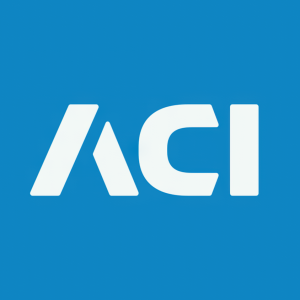[8-K] ACI Worldwide, Inc. Reports Material Event
Rhea-AI Filing Summary
ACI Worldwide has entered into a significant debt refinancing transaction on June 18, 2025. The company secured a $200 million incremental term loan through a Lender Addition and Acknowledgement Agreement with Bank of America, supplementing their existing Second Amended and Restated Credit Agreement from 2019.
Key transaction details:
- The new term loan, combined with cash on hand and revolving loan proceeds, was used to fully redeem $400 million of 5.750% Senior Notes due 2026
- Interest rate: Term SOFR plus variable margin of 1.5% to 2.5% based on consolidated leverage ratio
- Redemption completed on June 20, 2025
This refinancing represents a strategic move to restructure ACI Worldwide's debt obligations, potentially taking advantage of more favorable interest terms through the new term loan facility. The transaction may impact the company's debt service costs and overall financial flexibility.
Positive
- Company refinanced $400M of 5.75% Senior Notes due 2026 with a new $200M incremental term loan plus cash on hand, potentially reducing interest expenses with SOFR + 1.5-2.5% margin
- Debt restructuring demonstrates strong cash position by using cash on hand to partially pay down senior notes
Negative
- None.
Insights
Debt shuffle: $200 m term loan and revolver retire $400 m 5.75 % notes; leverage profile unchanged, modest liquidity draw.
The filing discloses a material refinancing. ACI Worldwide added a $200 m Incremental Term Loan to its April 2019 Credit Agreement and simultaneously tapped its revolving line plus cash to redeem in full the $400 m 5.750 % senior notes due 2026. The new borrowing bears interest at Term SOFR + 1.5–2.5 %, with the exact spread tied to the consolidated leverage ratio. As Term SOFR has recently been near 3 %, the all-in rate could fall below or roughly match the retired 5.750 % coupon, implying potential interest savings once fees are absorbed. The move shifts fixed-rate bond debt into floating-rate bank debt, reducing covenant-lite flexibility but increasing pricing variability. Net leverage appears largely unchanged because the redemption used a mix of new debt and on-hand cash, yet near-term liquidity declines by the cash portion deployed. Maturity is effectively extended, because revolver and term loan mature under the syndicated facility’s longer tenor, whereas the notes were due in 2026. Overall, the transaction is capital-structure neutral with a slight tilt toward lower average cost of debt, balanced by higher exposure to SOFR movements.







